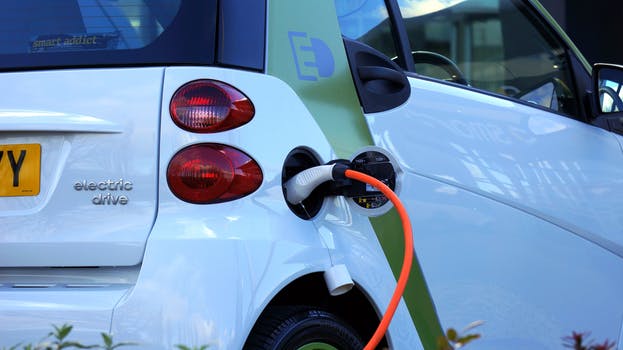(REPOST:PV-Tech)
The electrical vehicle (EV) market has been revving up around the world in the past few years. An increasing number of countries, such as the UK, are planning to move away from conventional gas and diesel-powered cars. At the same time, automotive manufacturers are diversifying their fleets by adding electric vehicles to the mix. To date, the electric vehicle and the PV energy markets have existed independently of each other, despite the fact that they significantly overlap both in terms of goals and target market. By combining EV charging with PV energy, both industries are able to benefit and can potentially hasten the adoption of each technology.

There are multiple motivating factors for going solar or transitioning to an electric vehicle, such as lowering ongoing energy costs, becoming more energy independent, and reducing the carbon footprint at both the individual and national level. By charging electric vehicles with solar energy, consumers and countries have a greater ability to fully achieve these goals. This is because transitioning only to an EV does not especially protect the environment, as fossil fuels are likely still burned to charge the car.
However, when EV is combined with PV energy, carbon footprints can be reduced in a more meaningful way. When cars can be charged using solar energy, it helps reduce the pressure from the grid, and can potentially accelerate charging time. With innovative technologies, such as “solar boost mode”, it can take less time to charge an electric vehicle. In PV markets where increased self-consumption is the goal, charging an electric vehicle using solar energy is yet another way to help achieve energy independence.
EV becomes another tool that supports demand response so that consumers can adapt their power consumption to better match power supply.
At the installation phase, there are multiple benefits of combining solar energy with electric vehicles that can help the acceleration of both. With a traditional PV inverter and a separate EV charger, there is typically an additional installation cost, and other expenses such as extra wiring, conduit, breakers, and possibly an upgrade of the main electric panel.